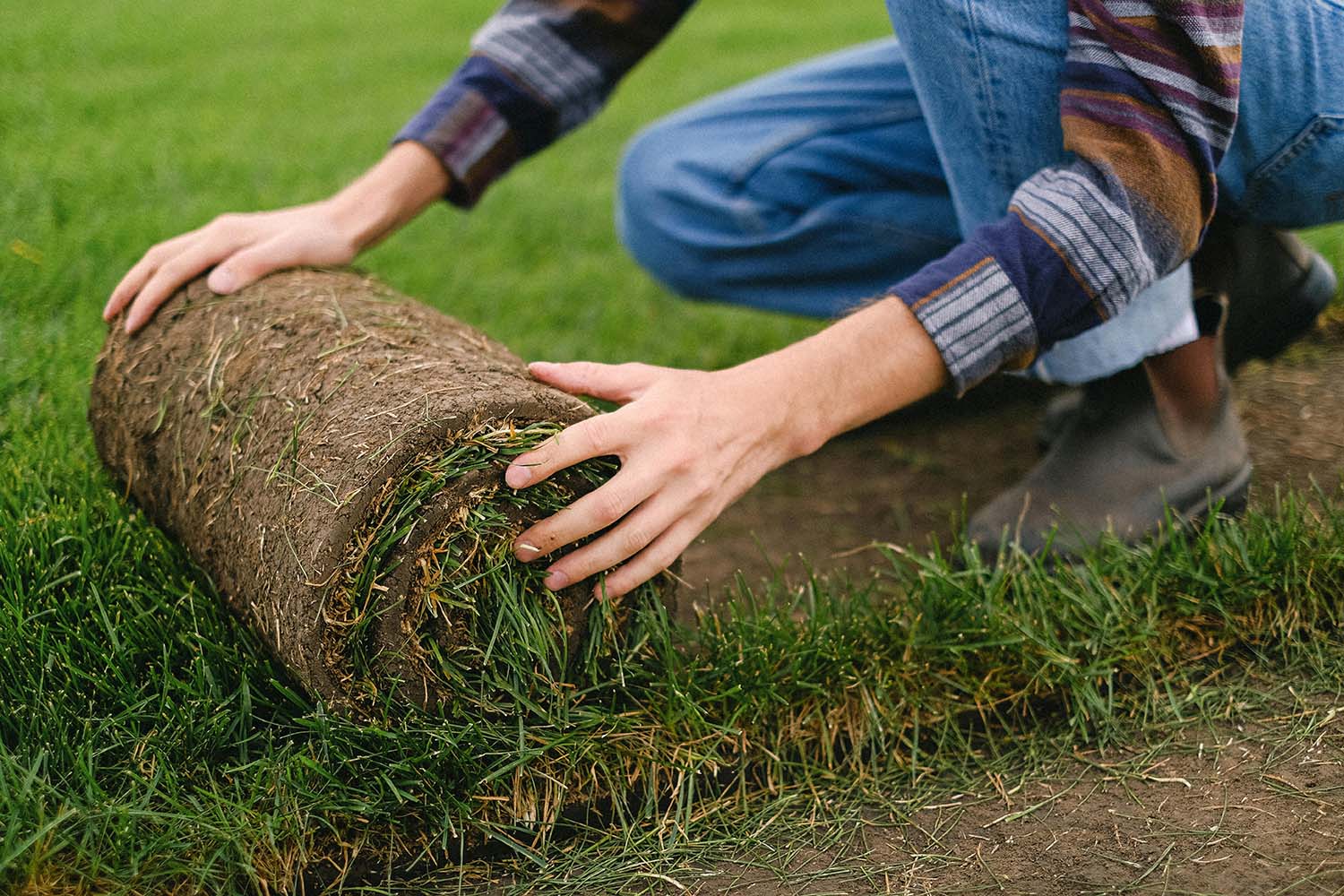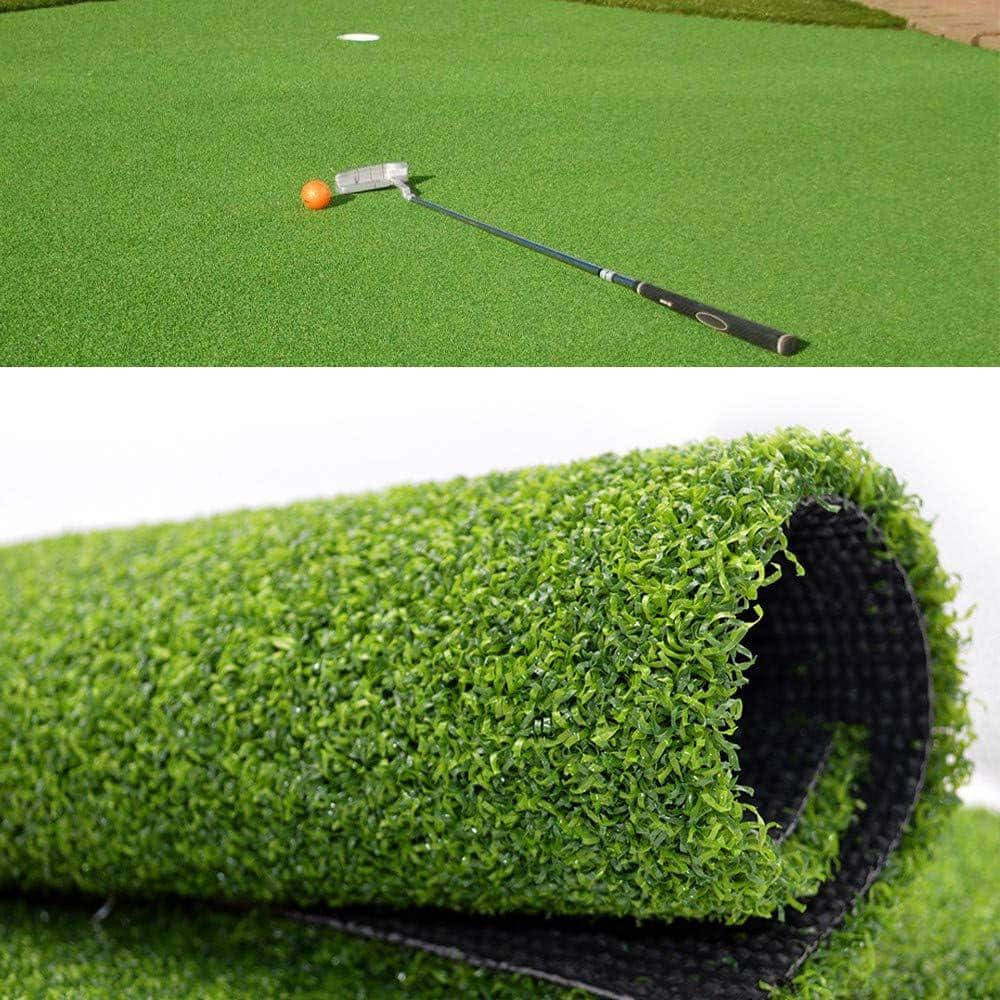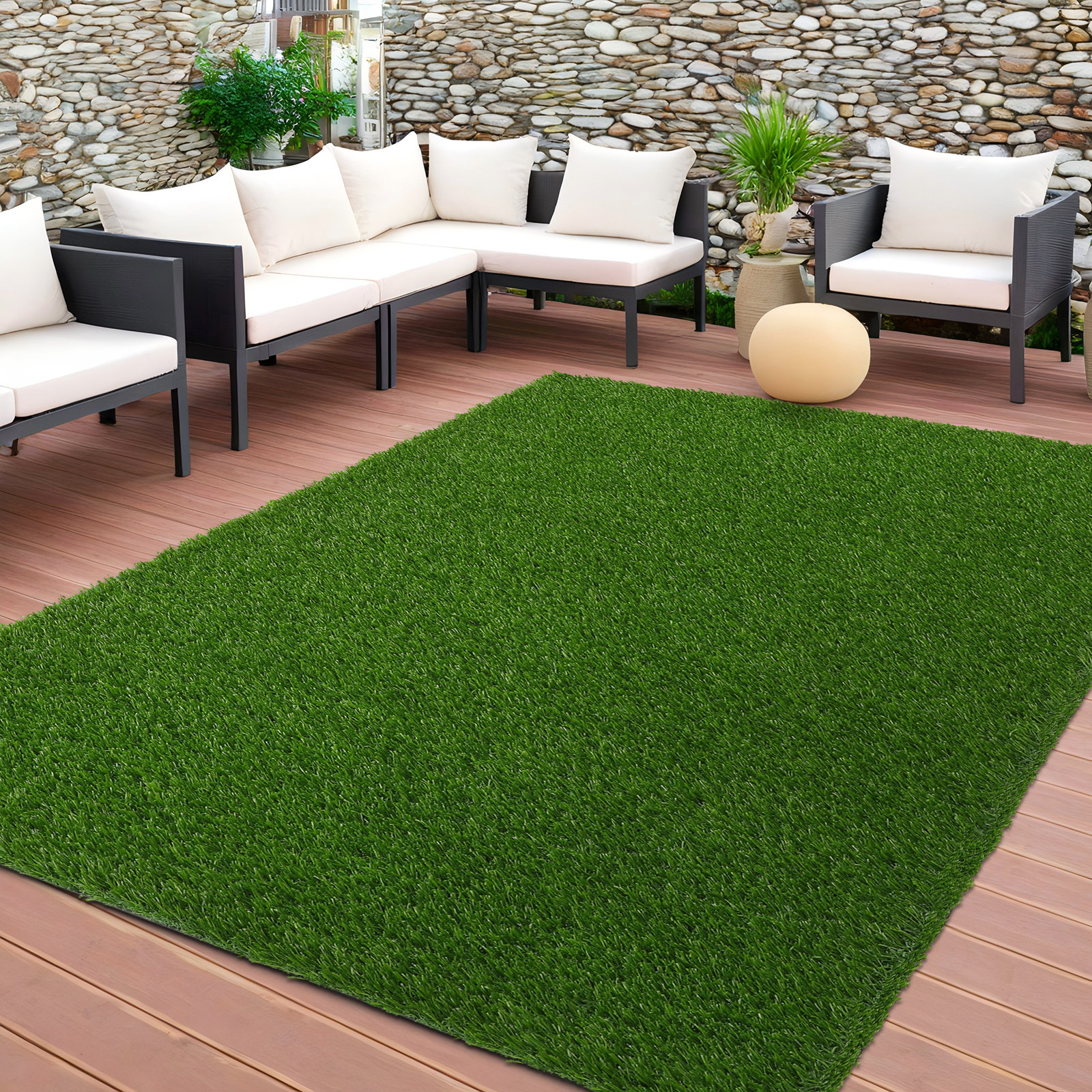Experience a Perfect Lawn with Arizona Artificial Turf for Any Outdoor Space
Experience a Perfect Lawn with Arizona Artificial Turf for Any Outdoor Space
Blog Article
Delve Into the Environmental Benefits of Opting for Synthetic Grass Solutions
The adoption of synthetic grass services presents an engaging possibility to resolve pushing ecological difficulties. By substantially minimizing water use and reducing the application of harmful chemicals, these options not only promote sustainable landscape design but additionally secure local communities. Additionally, the lower carbon impact connected with decreased maintenance activities adds to a much more sustainable technique to land monitoring. The ramifications of these benefits prolong beyond mere conservation initiatives, raising questions about their long-term effect on environment conservation and general ecological equilibrium. Checking out these dimensions discloses an intricate interplay worth taking into consideration.
Water Conservation Perks
One of the most substantial benefits of synthetic grass is its capability to conserve water. Traditional grass yards require significant watering, especially in locations prone to drought or water restrictions. On the other hand, man-made turf does not need watering, substantially reducing the total need for water resources. This feature is specifically valuable in deserts where water scarcity is a pressing issue.
By removing the need for routine watering, fabricated turf adds to lasting landscape techniques and assists mitigate the environmental effect of extreme water intake. Moreover, the preservation of water reaches the decrease of overflow, which can bring about dirt disintegration and river air pollution.
Additionally, the installation of synthetic turf permits home owners and towns to assign water resources a lot more effectively, concentrating on essential uses such as drinking water and farming. The shift towards synthetic grass not only promotes responsible water use yet additionally lines up with wider ecological goals intended at preserving all-natural resources.
As communities increasingly prioritize sustainability, the water conservation advantages of synthetic grass present a compelling case for its fostering in property and industrial landscape design tasks.
Decreased Chemical Use
The change to synthetic grass considerably reduces the dependence on chemical treatments generally utilized in natural yard maintenance. Typical grass administration usually includes the application of plant foods, herbicides, and pesticides to advertise growth and control parasites. These chemicals can pose threats to human health, neighborhood wildlife, and the environment, contributing to dirt and water contamination.
In comparison, man-made grass removes the requirement for these unsafe materials. By decreasing the release of synthetic compounds right into the environment, man-made grass advertises much healthier dirt and water systems.
In addition, the lack of chemical drainage related to synthetic grass installations aids safeguard regional rivers from contamination, sustaining aquatic life and keeping biodiversity. Phoenix turf companies. As communities significantly focus on sustainable techniques, choosing synthetic grass offers a sensible remedy that aligns with ecological conservation objectives. Via this shift, homeowner can appreciate lavish eco-friendly spaces without compromising eco-friendly health, leading the way for an extra sustainable future
Lower Carbon Footprint

Furthermore, the installation of artificial lawn can cause significant water preservation. All-natural lawns need significant quantities of water for irrigation, which not only includes to the carbon footprint linked with water extraction and therapy yet also pressures neighborhood water resources. In comparison, synthetic grass requires very article little maintenance, calling for no watering, thereby considerably minimizing water use and its associated power expenses.
Furthermore, the durability of synthetic grass adds to its lower carbon influence. With a life-span of as much as 15 years or more, the requirement for regular replacements is diminished, resulting in less waste and lower power intake in production and getting rid why not look here of traditional turf options. On the whole, man-made grass presents a sustainable alternative for environmentally mindful landscape design.
Habitat Conservation
Habitat preservation is an important consideration in the dispute over landscape design selections, especially when contrasting fabricated turf to all-natural lawn. All-natural turf lawns often require substantial upkeep, consisting of using chemicals, plant foods, and herbicides, which can detrimentally affect neighborhood environments. These chemicals can seep right into the soil and waterways, hurting indigenous vegetation and fauna and interfering with local environments.
Man-made lawn gets rid of the demand for hazardous chemicals, thereby securing neighboring wild animals and maintaining the stability of surrounding communities. The installation of artificial lawn can lead to the conversion of previous lawn areas into more biodiverse landscapes, such as pollinator gardens or indigenous plant areas, which can support regional wildlife.
Ultimately, the transition to synthetic grass not only conserves water and minimizes upkeep initiatives however additionally promotes a much more unified partnership in between human activities and the native environment, advertising habitat conservation while doing so.
Long-Term Sustainability
Long-lasting sustainability is a critical consider reviewing the benefits of fabricated grass over standard yard lawns. One of one of the most significant benefits of fabricated turf is its durability; it can last approximately 15-20 years with very little maintenance, whereas natural grass needs constant reseeding and substitute. This longevity minimizes the requirement for constant sources, such as water, fertilizers, and pesticides, which are important for keeping a healthy turf yard.
Additionally, synthetic grass adds to a decrease in carbon discharges connected with lawn care equipment. Typical yards typically require gas-powered mowers, trimmers, and blowers, every one of which add to air pollution. Arizona artificial turf. In comparison, artificial turf eliminates the demand for such equipment, promoting a cleaner atmosphere
Additionally, the manufacturing of synthetic grass significantly makes use of recycled materials, improving its sustainability profile. As suppliers useful content take on environmentally friendly techniques, the environmental impact of synthetic grass proceeds to reduce.

Conclusion
The fostering of synthetic lawn options provides considerable ecological advantages, consisting of considerable water preservation, reduced reliance on damaging chemicals, and a lower carbon impact. Fabricated turf help in preserving natural habitats by reducing land disruption and promoting long-term sustainability via the usage of long lasting materials. Jointly, these aspects emphasize the possibility of artificial lawn to add favorably to ecological health and use a practical alternative to standard landscape design methods in an increasingly resource-conscious world.
In comparison, synthetic grass does not need watering, dramatically reducing the total need for water sources. By minimizing the launch of synthetic substances right into the community, fabricated grass promotes much healthier dirt and water systems.
In addition, the installation of artificial turf can result in substantial water conservation. In comparison, artificial lawn requires very little upkeep, calling for no watering, consequently significantly reducing water usage and its linked energy expenses.

Report this page